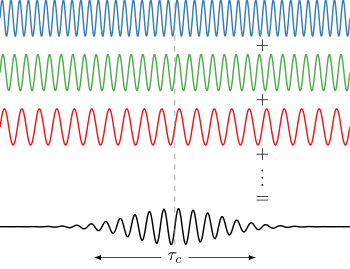The ideal solution would have been 8 16Gbps 2GB chips on a 256-bit bus for 16GB @ 512GB/s or 10 14Gbps 2GB chips for 20GB @ 560Gb/s.
Or even better, HBM2E..
Both clearly made cost-cutting decisions, both have their advantages and disadvantages, Sony's solution is easier, more flexible and provides a middleground. While MS' will fare better when reduced complexity and framebuffer sizes are required; and with greater optimisations.
Both solutions are compromises and I expect them to each pose a minor bottleneck in the long run. RAM chips are relatively speaking one of the easiest changes to make at this point, so here's hoping (though it's very unlikely). I think they should bite the bullet and push it to 8*16Gbps 2GB and 10*14Gbps 2GB respectively....with CPU access, GPU access, RT and contention to deal with they're both gonna cause issues in my opinion.
Sony have yet to mention OS reserves so a part of me is still hopeful for either a small pool of slow DDR4 for the OS or a smart swapping solution for the OS footprint given the I/O speed.
As for MS, I fail to see what they're doing. They're gimping their system over the cost-benefit ratio of 6*2GB + 4*1GB vs 10*2GB. They would have been much better off making a compromise elsewhere such as CU count, but no, they had to market 12TF...






